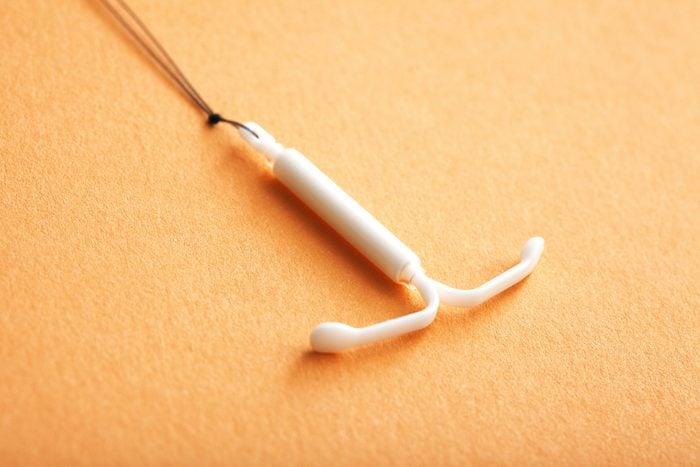
How to make your IUD insertion hurt less
There’s a reason why IUDs are surging in popularity. IUDs are a mistake-proof, long-term form of birth control. They are more than 99 percent effective, making them one of the best low-cost options out there. Plus, copper IUDs are hormone-free, making them an ideal choice for women looking to avoid hormones.
But when it comes to IUDs, most women only have one thing on their mind. Will getting a IUD hurt?
The truth about IUD pain
“Two things cause pain during IUD procedures: When the IUD is being inserted and cramping from the placement because the uterus contracts from irritation,” explains Dr. Dustin Costescu, a family planning specialist and assistant professor in the department of obstetrics and gynecology at McMaster University in Hamilton, Ont.
He admits that the internet is loaded with IUD insertion horror stories. But similar to most things posted online, he says most people are compelled to share only their bad experiences. Also, keep in mind that studies have show that the pain experienced during insertion was significantly lower than the pain most women expect.
While getting an IUD might not hurt as much as you think it will, you should still prepare for some pain and discomfort. In the next few pages, Dr. Costescu shares his 10 tips on how to make the insertion of your IUD not hurt.
(Related: What’s the Best Way to Switch Birth Control Pills?)
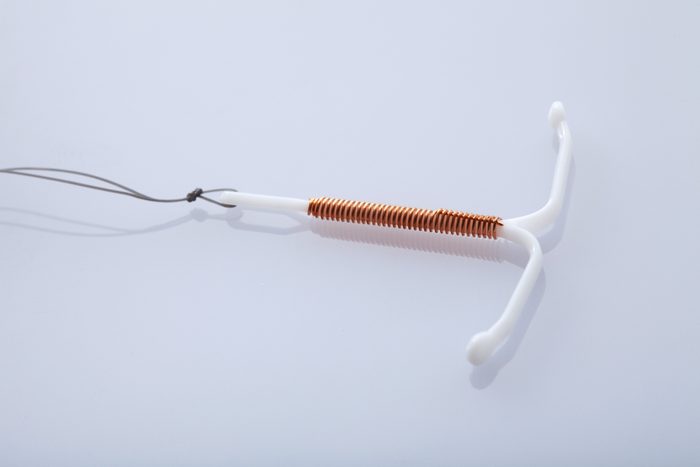
How to have a less painful IUD insertion: Get a smaller IUD
If this is your first IUD and you’re worried about your first time getting one inserted, talk to your doctor about smaller IUD options, says Dr. Costescu. Smaller types of IUDs, like Kyleena and Jaydess, will make the insertion less painful.
(Related: 13 Things You Need to Know About Birth Control Pills)
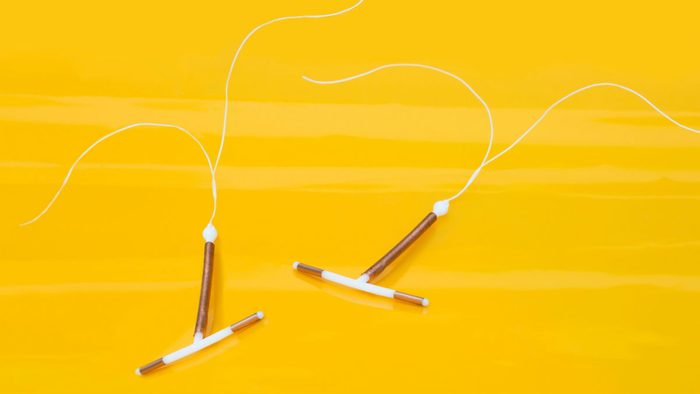
Ask how often your doctor does insertions
When you’re setting up your IUD appointment with your doctor, see if the doctor doing your insertion does the procedure frequently. “People who are more experienced inserters tend to have patients that experience less pain with the placement,” Dr. Costescu explains. If you’re not comfortable then ask for a referral to see a gynecologist, who may be more experienced with IUDs.
(Related: Is Hormone Replacement Therapy (HRT) Right for You?)
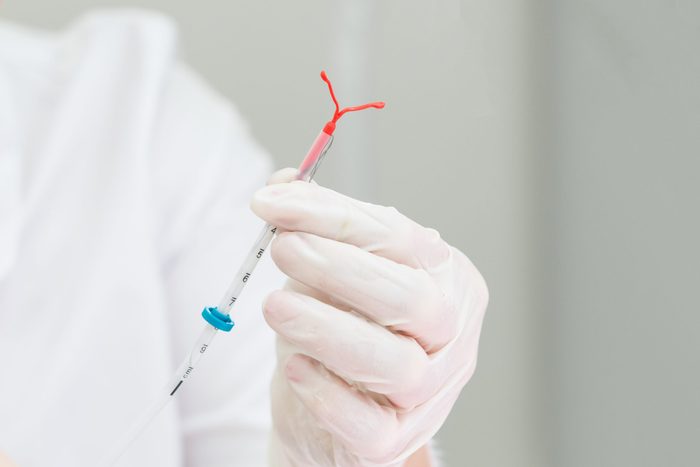
Book your appointment just after your period
The best time to place an IUD is at the tail end of your period, or the first day or two afterward, Dr. Costescu says. Placing an IUD during or around the time of menses will hurt less because your cervix is more open (after all the open cervix is what is letting your Aunt Flow flow), he adds.
(Related: The Honest, Expert-Backed Truth About Having Sex While on Your Period)
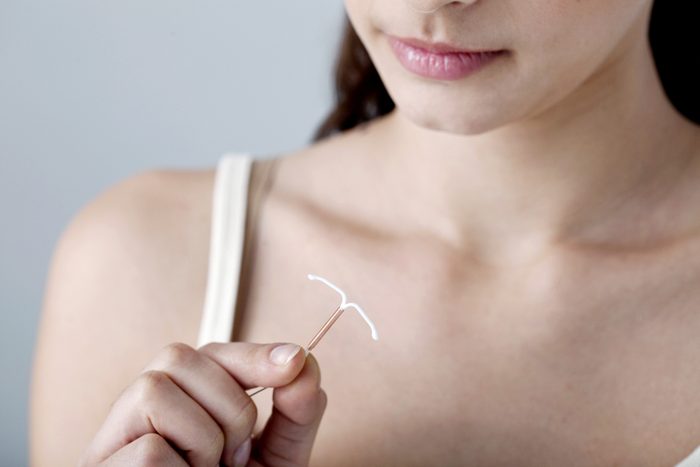
What to do on the day of your IUD insertion: Take a painkiller before your appointment
Take an anti-inflammatory like Advil prior to the insertion. This will relieve any cramping after the procedure. And it is the most effective way to manage the pain.
(Related: 12 Things Your Doctor Might Not Tell You About Pain Medication)
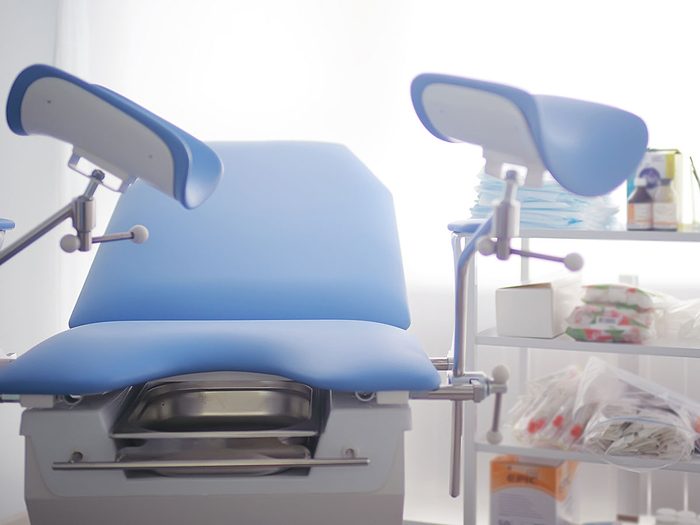
Say no to Misoprostol and cervical freezing
If your doctor gives you Misoprostol (a drug that softens the cervix), ask them to try the procedure without medication for the first try. Various studies have shown that Misoprostol causes more discomfort and cramping during IUD insertions. And Dr. Costescu warns this drug is best used if you’d had a failed attempt at a previous IUD placement.
Doctors may also offer to freeze your cervix before the procedure, but any pain that’s reversed from the placement is usually experienced during the freezing.
(Related: Should You Visit Your Gynecologist During Your Period?)

Pack snacks
“It’s amazing how many people fast before their IUD insertion,” Dr. Costescu says. If you’re feeling tired and hungry, you’re more likely to have low-blood sugar levels, which will make you feel less comfortable. And if you do get hungry before your appointment, snack on a granola bar and drink some juice. After all, no experience is a good experience when you’re #hangry.
(Related: 11 Sneaky Reasons Behind a Missed Period (Besides Pregnancy))

Bring a heating pad
Women report that the cramps from getting an IUD inserted are similar to those from a bad period. So your go-to heating pad can help you manage the cramping you’ll have after the insertion takes place.
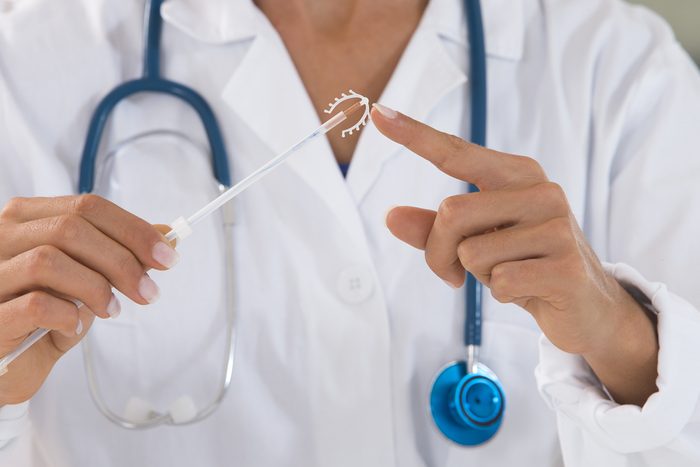
Staying comfortable during your IUD insertion: Just breathe
“Nerves create a bad experience both for the insertion of speculum, the internal exam and the placement itself,” says Dr. Costescu. (The speculum is that watergun-like device used during your annual exam and to insert an IUD.) Ask your doctor to to coach you on breathing exercises, which will help you to stay calm and relax your muscles.

Distract yourself
“Many of my patients stay on their phones as a way to keep their minds of what’s happening,” Dr. Costescu says.
Some doctors allow patients to wear headphones to listen to music. Others don’t. Dr. Costescu recommends asking if it’s OK beforehand, since some physicians want to talk to their patients during the insertion.
(Related: 49 Interesting Sex Facts You Probably Didn’t Know)

Stay motivated
In his experience, Dr. Costescu finds that women who are apprehensive about their IUDs insertion tend to feel more discomfort. Meanwhile, women who are motivated usually find that the procedure is less painful.
So if you’re feeling anxious about getting and IUD, just remember why you’re choosing the IUD. When you think about the positives (no hormones, no daily pills), the temporary pain and discomfort are totally worth it.
Next, here’s everything you need to know about the arm implant birth control.
